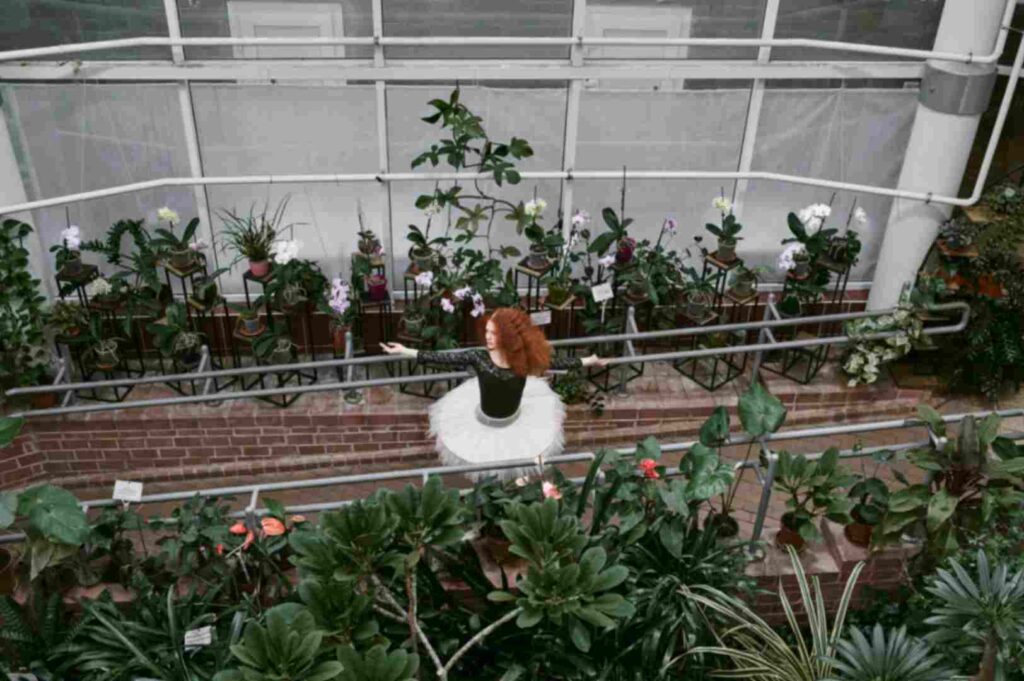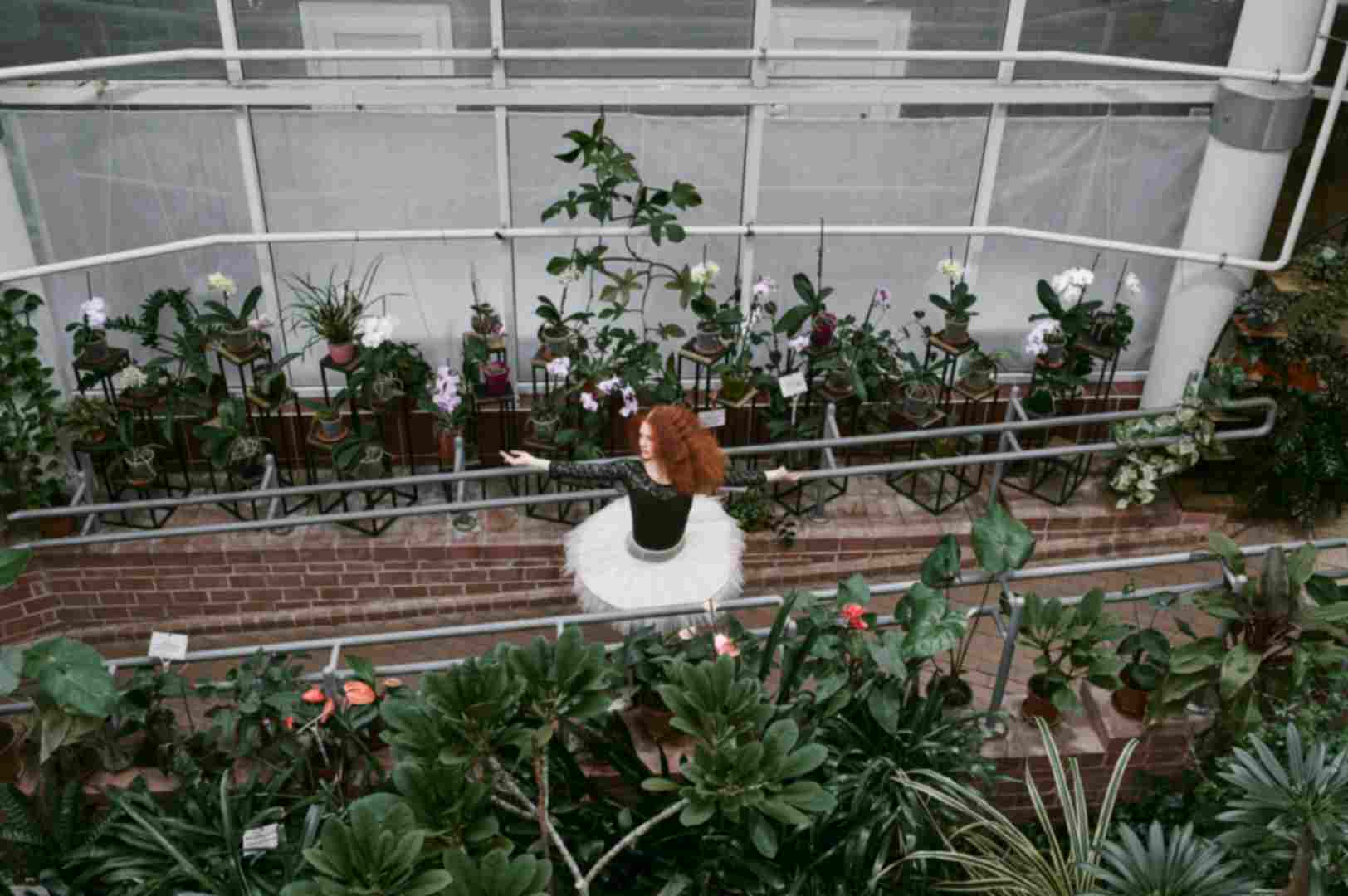
Creating a rooftop garden can not only be an enjoyable and fulfilling experience but also benefit the environment. In this guide, we will explore the steps you need to take to create your own rooftop oasis.
Materials Needed
Plant containers
Potting soil
Plants (vegetables, herbs, flowers)
Watering can or hose
Gardening tools (trowel, shovel, pruners)
Fertilizer

Choosing the Right Location
When selecting a spot for your rooftop garden, ensure it receives ample sunlight throughout the day. Consider the weight-bearing capacity of your rooftop to support the garden’s structure.
Prepare the Rooftop
Before starting your garden, check for any leaks or structural issues on the rooftop. Install a waterproof membrane to protect the roof from water damage.
Plant Selection and Arrangement
Choose a variety of plants that thrive in your climate and sunlight conditions. Arrange plants strategically to maximize space and sunlight exposure for each plant.
Maintenance and Care
Regularly water the plants, especially during hot and dry weather. Fertilize the soil to provide essential nutrients for plant growth. Prune and remove any dead or diseased plants to maintain a healthy garden.
Benefits of Rooftop Gardens
“Rooftop gardens not only enhance the aesthetic appeal of your space but also provide a habitat for birds and insects, contribute to urban biodiversity, and help reduce the urban heat island effect.” – Gardening Expert
1. Check Building Regulations
- Before you begin planning your rooftop garden, you must check local building rules. Also, obtain any needed permits. Some towns have specific requirements for rooftop gardens. These are mainly about structure and weight.
2. Assess Your Rooftop
- Take a near examine your rooftop to evaluate its suitability for a lawn. Consider factors along with sunlight exposure, wind publicity, and access to water. Rooftop gardens thrive in sunny regions. But, you’ll also want to provide some shelter from strong winds to protect your plants.
3. Evaluate Weight Bearing Capacity
- Find out your rooftop’s load-bearing capacity. Make sure it can hold the load of a garden. Consult with a structural engineer if needed. They will assess the strength of your roof and make any needed reinforcements.
4. Choose the Right Containers
- You will garden on a rooftop. So, use containers for planting. Choose light bins. They are made from materials like plastic, fiberglass, or composites. They reduce the roof’s weight. Consider using raised beds, planters, or boxes. They have built-in wheels for smooth mobility.
5. Select Suitable Plants
- Choose plants that are well-suited to the conditions of your rooftop garden. These include sunlight, wind, and temperature fluctuations. Drought-tolerant plants, succulents, and decorative grasses are great picks for rooftop gardens. They need little upkeep and can face harsh conditions.
6. Consider Vertical Gardening
- If space is restricted to your rooftop, keep in mind using vertical gardening. It helps to maximize growing area. Vertical planters, trellises, and hanging baskets will let you grow loads of plants up. This frees up valuable ground for seating or walking.
7. Provide Adequate Drainage
- Proper drainage is important for a a success rooftop lawn, as excess water can harm your roof and plants. Make sure your packing containers have drainage holes. This allows extra water to escape. Use a light, well-draining potting mix to prevent waterlogging.
8. Install Irrigation System
- To keep your rooftop lawn hydrated, do not forget to install an irrigation system. It delivers water quickly to your plants. Drip irrigation systems are ideal for rooftop gardens. They deliver water well and reduce runoff. Alternatively, self-watering bins or water reservoirs can help lessen the frequency of watering.
9. Add Windbreaks and Shade Structures
- It depends on your rooftop’s wind and sunlight exposure. You may need to protect your plants. Windbreaks include trellises, fences, or ornamental displays. They can help defend your flora from strong winds. Shade systems like umbrellas or pergolas offer comfort from harsh sunlight.
10. Create a Relaxing Atmosphere
- Finally, don’t forget to include some furnishings, lights, and decor. They create a welcoming outdoors space where you can relax and unwind. Consider adding seating regions, potted plants, string lights, and outdoor rugs. They will transform your rooftop garden into a cozy retreat.
Conclusion
By following these steps, you can create a flourishing rooftop garden that adds beauty and sustainability to your living space. Start your rooftop gardening journey today and enjoy the numerous benefits it brings!


